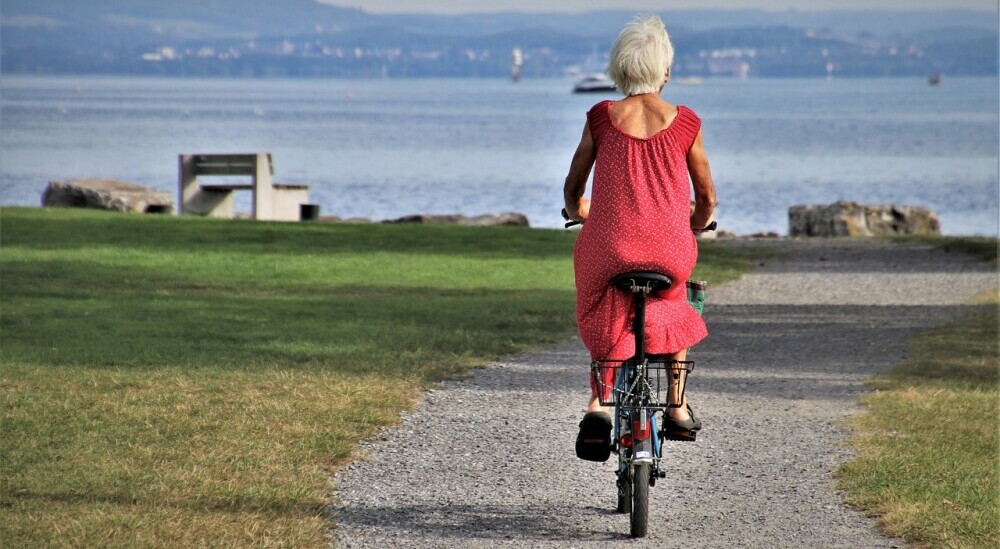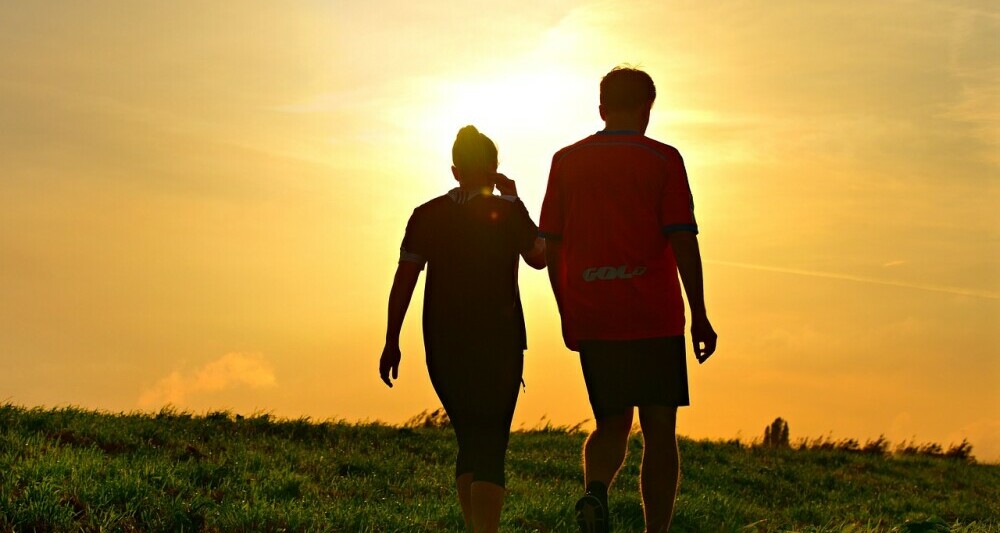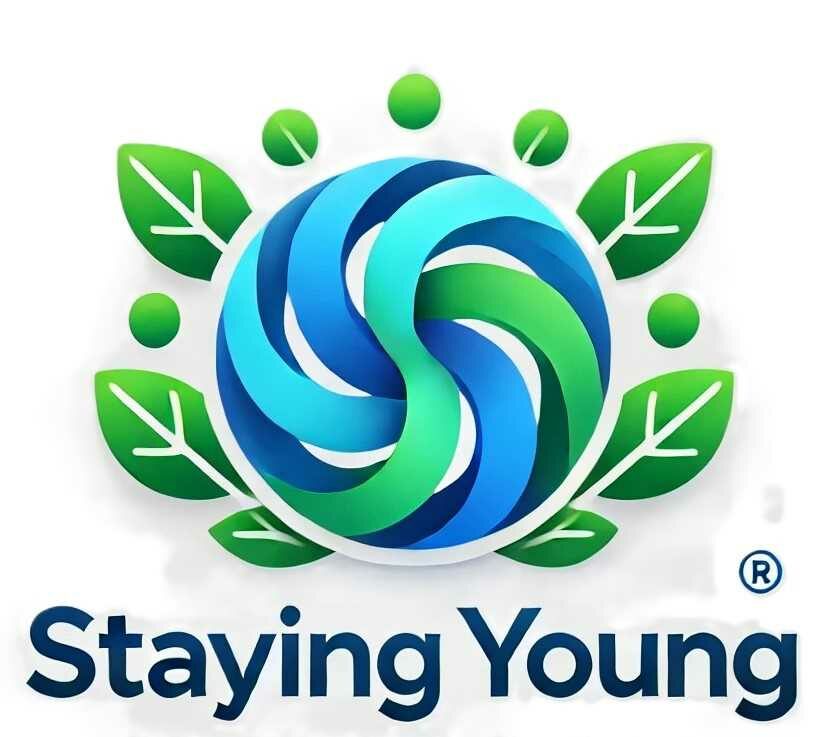 As we age, it’s natural to notice changes in our bodies, from the texture of our skin to the ease with which we move. But aging doesn’t have to mean slowing down. I’m going to show you how staying active through anti-aging exercises can significantly impact your well-being and vitality. This isn’t just about bending the hands of time; it’s about enhancing the quality of life as you embrace your golden years.
As we age, it’s natural to notice changes in our bodies, from the texture of our skin to the ease with which we move. But aging doesn’t have to mean slowing down. I’m going to show you how staying active through anti-aging exercises can significantly impact your well-being and vitality. This isn’t just about bending the hands of time; it’s about enhancing the quality of life as you embrace your golden years.
Physical activity, especially exercises tailored to the needs of seniors, brings a plethora of benefits. It’s a powerful tool that can help maintain independence, reduce the risk of chronic diseases, and even improve mental health. Don’t worry too much about the term ‘anti-aging;’ it’s not about turning back the clock but embracing the present with strength and energy.
Now, if you’re thinking about the hustle of setting up a routine, I’ve got good news. You can always adjust your approach down the road, but the first step is understanding why it’s essential. Maintaining consistent physical activity helps keep the heart healthy, bones strong, and can boost your mood. Regular exercise also keeps your joints limber, which is crucial for keeping the aches and pains at bay.
Before you jump in, remember, safety comes first. If you have any pre-existing conditions or concerns, a chat with your doctor is your best starting point. Then choose something that resonates with you. After all, you’re more likely to stick with exercises you enjoy. Balancing what you like and what’s good for you is key, and there’s a lot of opportunity in finding gentle, beneficial movements that are tailored just for seniors.
As you continue reading, you’re going to find out about these unique exercises. From walking to water aerobics, the next section will introduce you to a range of low-impact exercises that are immense in their benefits and kind to your body. Choice is abundant, and the best part is that these exercises can fit seamlessly into your daily routine and enhance your overall quality of life.
Gentle Movements for Lasting Strength: Low-Impact Exercises

As we age, our bodies often tell us to slow down, but that doesn’t mean we should stop moving altogether. Low-impact exercises are a wonderful way to keep active while minimizing strain on the joints. These forms of exercise can help maintain muscle strength, improve balance, and promote cardiovascular health, all critical to preventing falls and other injuries in seniors.
Daily walks are a great starting point. Whether it’s around the neighborhood or through a local park, walking is an effective cardiovascular workout that’s gentle on the knees and hips. Next up, swimming and water aerobics aren’t just refreshing activities. The buoyancy of the water reduces the stress on the body, making it an excellent choice for full-body, low-stress workouts.
Incorporating Yoga and Pilates into your routine has multiple benefits for seniors. These exercises improve flexibility, enhance balance, and strengthen the core. They also encourage mindfulness, which can improve mental well-being. Adapting poses to suit your capabilities is easy, with props like blocks and straps for aid.
Let’s not forget resistance bands, which offer a way to engage multiple muscle groups without the need for heavy weights. They come in various resistances, allowing you to increase intensity as you gain strength. Plus, resistance bands can be used while seated, making them a versatile tool for those with limited mobility.
Speaking of seated exercises, they’re ideal for seniors who may have balance concerns or prefer the stability of having a chair for support. These exercises can range from upper body stretches to leg lifts, promoting circulation and muscle tone without the risk of falling.
Caring for the Core: Exercises to Keep You Steady and Strong
If you think a strong core is just for athletes or fitness buffs, think again. A robust core is crucial for us as we get older. The muscles in your abdomen, lower back, hips, and pelvis give you stability and help you with everyday activities like bending, lifting, and even sitting. Indeed, core strength directly influences balance and reduces the risks of falls, which as you’re well aware, can be particularly problematic for seniors.
But don’t worry too much about diving into intense core workouts. I’m going to guide you through some simple and safe core exercises that are particularly suited for seniors. These exercises can be performed in the comfort of your own home and don’t require any fancy gym equipment.
Take the classic seated leg lift, for instance. While sitting in a chair, straighten one leg in front of you and hold it in place for a few seconds before lowering it back down. It’s a gentle way to engage your core and thigh muscles. Or how about trying some standing pelvic tilts? They’re excellent for activating those deep core muscles without any strenuous impact.
Incorporating these small but significant exercises into your daily routine is easy. You could do a series of seated leg lifts while watching the morning news. Alternatively, standing pelvic tilts can be done while waiting for the kettle to boil. It’s these little moments of consistency that add up and make a profound difference to your core strength over time.
Of course, there’s no one-size-fits-all when it comes to exercising. It’s essential to tailor your fitness routine to your personal capabilities. Listen to your body – if an exercise feels uncomfortable, modify it to suit your needs, or skip it altogether. The goal here is to maintain your health and well-being, not to compete with anyone else.
With that in mind, I’m going to transition you smoothly into the next vital component of a well-rounded senior fitness regimen: nutrition and recovery. Because, while exercise is important, it’s just part of the equation. Let’s talk about how to nourish your body for optimal health and the best way to recuperate after your workouts.
Listening to Your Body: Nutrition and Recovery Tips for Senior Exercisers
If you’ve been incorporating the core-strengthening and flexibility exercises I’ve discussed, you’re on your way to a healthier senior lifestyle. But exercising is just a part of the anti-aging puzzle. Nutrition and recovery play equally crucial roles. It’s not just about moving more; it’s about fueling and caring for the body to maximize those movements.
A balanced diet rich in anti-inflammatory foods can aid muscle recovery. Think leafy greens, fatty fish, nuts, and berries. Each of these provides the nutrients your body needs to repair itself and maintain energy levels. Plus, they support brain health, which is essential as we age.
Hydration is another key player. As we get older, our bodies don’t signal thirst as effectively, which can lead to dehydration without us even knowing. Ensure you’re drinking plenty of water throughout the day, especially before and after your workouts.
And let’s talk about rest. Rest days are not a sign of weakness; they’re a part of any smart exercise program, especially for seniors. They allow your muscles to recover and grow stronger. If you experience pain or extreme fatigue, it’s your body’s way of saying it’s time to take it slow. Listen to it.
Lastly, keep an eye out for signs of overexertion, such as dizziness, shortness of breath, or chest pains. If these occur, it’s important to stop exercising immediately and consult a healthcare professional. Exercising is about enhancing your life, not putting it at risk. Stay safe and stay aware.
In my opinion, combining these recovery strategies with your exercise routine will help you maintain your vitality and enjoy your golden years to their fullest. So here’s to staying active and aging gracefully – a toast to your health!
